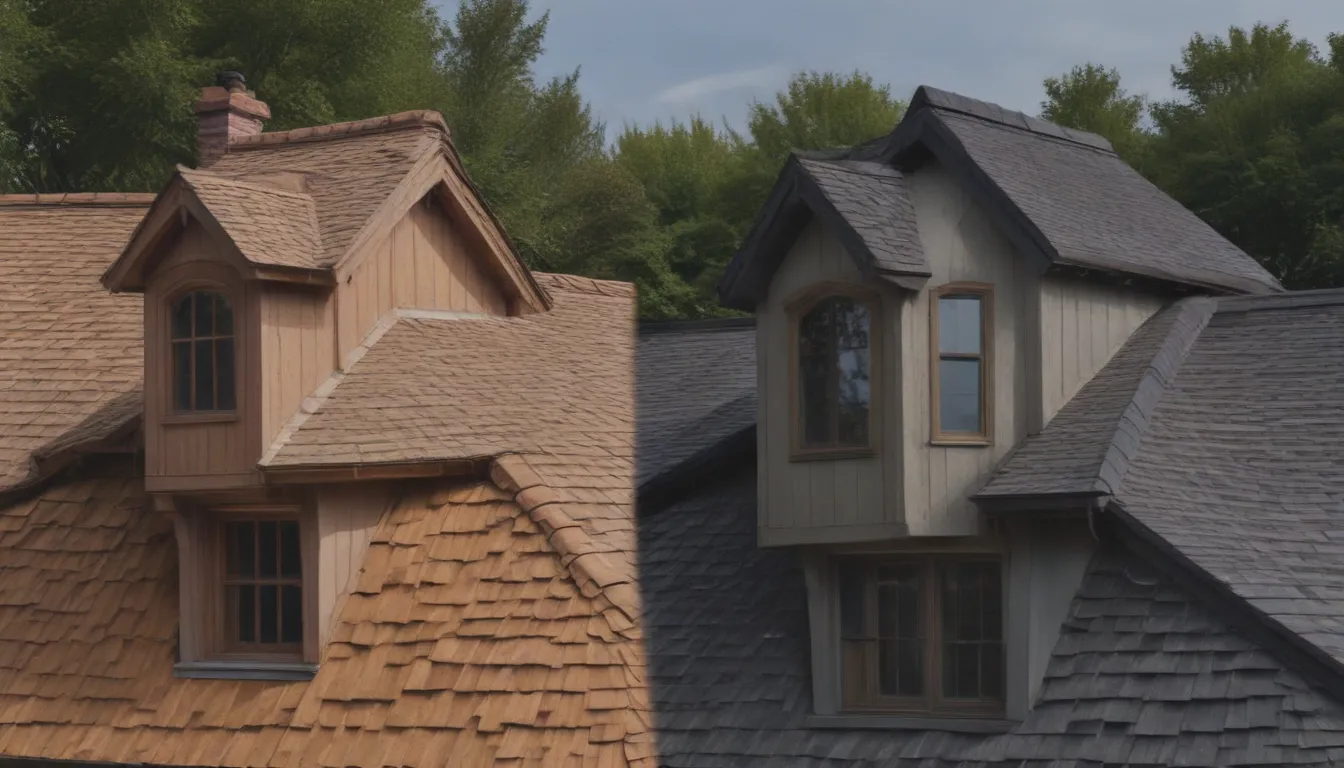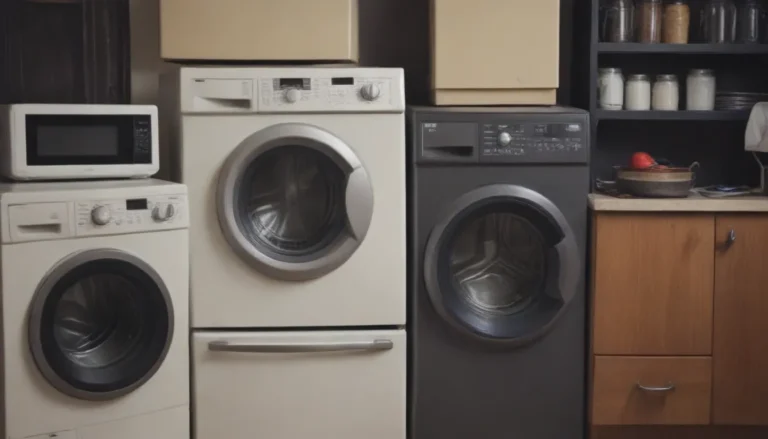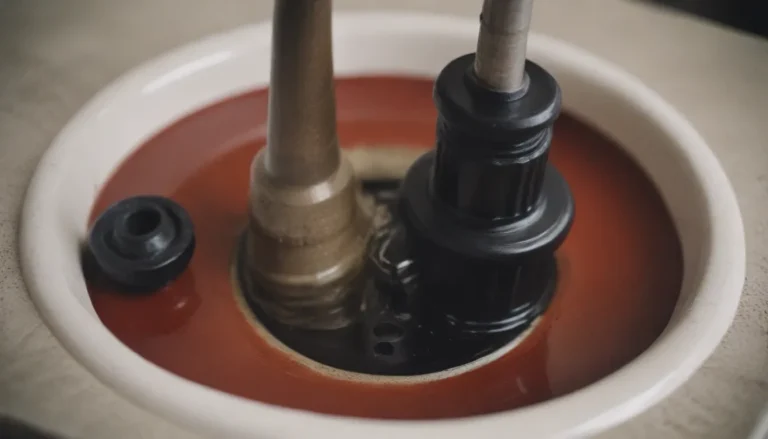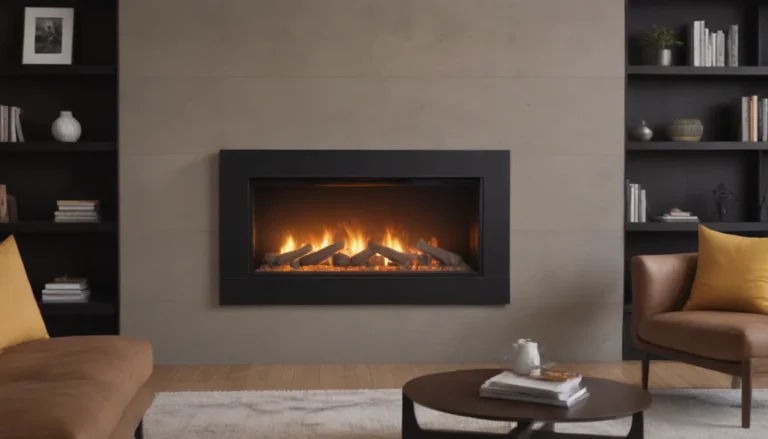Hip Roof vs. Gable Roof: Understanding the Key Differences

Are you planning to build or remodel your home and torn between the classic designs of a hip roof and a gable roof? If so, it’s essential to understand the architectural distinctions between these two roofing styles and how they can impact various aspects of your home like insulation, energy efficiency, stability in harsh weather conditions, and more. In this comprehensive guide, we will delve into the differences between hip roofs and gable roofs, exploring their advantages, disadvantages, and tips to help you make an informed decision that suits your needs and budget.
What Is a Hip Roof?
A hip roof is a roofing style characterized by four sloped sides that meet at a common peak, forming a pyramid-like structure. Unlike gable roofs, hip roofs do not have vertical wall extensions and are framed in a self-bracing manner with inward-sloping rafters. This unique design offers additional strength and durability, making hip roofs more resilient to wind forces. Here are some common types of hip roofs:
- Pyramid or Pavilion Hip Roof
- Simple Hip Roof
- Crossed Hip Roof
- Half-Hipped Roof
- Dutch Gable Roof
- Mansard Roof
Advantages of Hip Roofs
Hip roofs offer several benefits, including:
- Appealing appearance
- Superior wind resistance
- Potential insurance benefits
Disadvantages of Hip Roofs
However, there are also potential drawbacks to consider, such as:
- Higher initial cost
- Limited solar panel installation options
- Lower performance in heavy snowfall
- Increased maintenance requirements
What Is a Gable Roof?
In contrast, a gable roof features two sloping sides that meet at the center to form a peak, with open triangular spaces on each end commonly filled with vertical wall extensions. Gable roofs are susceptible to heavy wind loads, requiring additional bracing to enhance their strength and durability. Some common types of gable roofs include:
- Standard Gable
- Box Gable
- Front Gable
- Cross-Gable
- Dutch Gable Roof
- A-Frame Roof
- Gambrel Roof
Advantages of Gable Roofs
Gable roofs come with several advantages, such as:
- Ample attic space
- Efficient snow shedding
- Cost-effective construction
- Lower replacement costs
Disadvantages of Gable Roofs
On the downside, gable roofs have their limitations, including:
- Lower wind resistance
- Potential higher insurance premiums in windy areas
- Less visually appealing compared to hip roofs
Tip: Gable roofs provide more habitable attic space, while hip roofs offer superior wind resistance and aesthetic appeal.
Which Roof Style Is Better for You?
Deciding between a hip roof and a gable roof ultimately depends on your personal preferences, specific needs, and budget. However, if you live in a high-risk wind zone or a tornado-prone area, opting for a hip roof may be the safer choice due to its superior wind resistance. Keep in mind that retrofitting a gable roof for enhanced wind resistance is possible but may incur additional costs.
In conclusion, while both hip roofs and gable roofs have their own set of pros and cons, it’s essential to weigh these factors against your location, climate, and aesthetic preferences before making a final decision. Whether you choose the timeless elegance of a hip roof or the simplicity of a gable roof, ensuring that your roof meets your functional and aesthetic needs is key to a successful home construction or renovation project.
Remember, the key to a well-designed roof is one that not only protects you from the elements but also complements the overall look and feel of your home. By understanding the differences between hip roofs and gable roofs, you can make an informed decision that enhances the value and comfort of your home for years to come.





